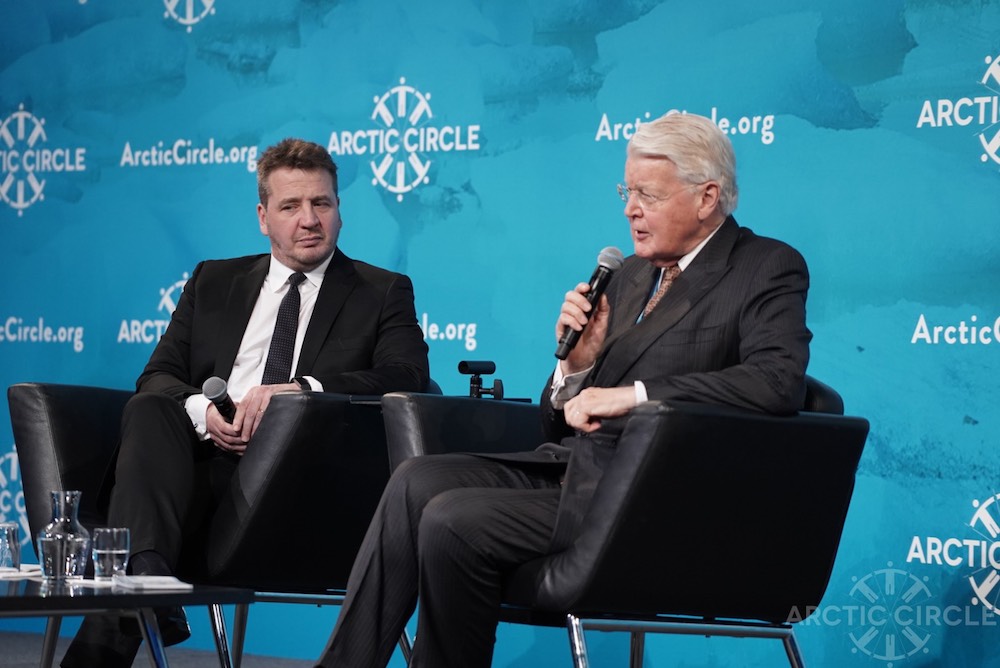A new center in Iceland will honor former president and Arctic Circle founder
A building to house the organization founded by Ólafur Ragnar Grímsson has received financial backing from the elected government.

Iceland’s prime minister has approved funding to establish an Arctic center proposed late last year as part of 99 recommendations for cementing the country’s relations with Greenland and the wider region, according to an announcement published on May 4.
Katrín Jakobsdóttir signed off on a 10 million króna (about $80,000) contribution to efforts by the Arctic Circle organization to establish the center, which is expected to honor Ólafur Ragnar Grímsson. Grímsson, a former president of Iceland, organized a major Arctic conference in 2013 that grew to become an annual event that ranks among the largest Arctic conferences in the world and has expanded to include range of other events held across the globe and throughout the year. (Disclosure: ArcticToday publisher Alice Rogoff was also a co-founder of Arctic Circle and remains a member of the organization’s board.)
The funding comes at the recommendation of a group of experts seated by the government in February to work out the details of a future home for the Arctic Circle organization in Reykjavík.
The Government of #Iceland has approved a plan to establish an #International/#Arctic Centre bearing my name and house it in a new building. Will also be the future headquarters of @_Arctic_Circle. Proposed by the PM @katrinjak. pic.twitter.com/jfdIDfV6PV
— Ólafur Ragnar Grímsson (@ORGrimsson) May 5, 2021
According to the report’s proposal, the center should serve as the site of future Arctic Circle conferences and include facilities for visiting academics as well as a museum.
In addition to recognizing former president Grímsson, establishing an Arctic center would allow Iceland to retain its “unique position” in regional affairs, according to the report.
“The goal is to sustain, for the long term, the Icelandic forum that has proven the most successful in drawing attention to the Arctic and Greenland in a constantly evolving environment of rapid changes,” the report said.